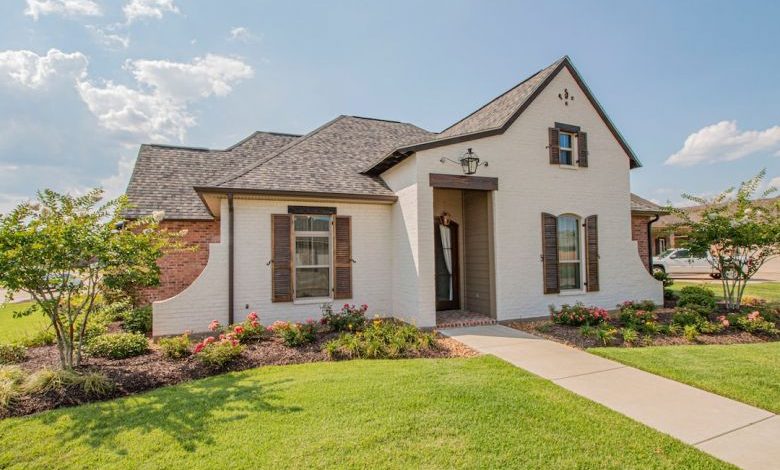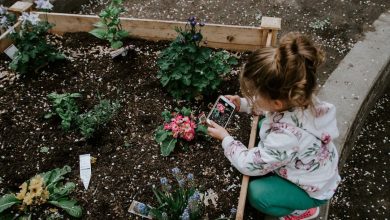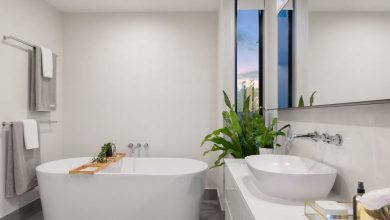What’s the Best Way to Plan Home Landscaping?

Landscaping is an essential aspect of creating a beautiful and functional outdoor space. Whether you have a small garden or a sprawling yard, careful planning is crucial to maximize its potential. By following these key steps, you can create a well-designed and visually appealing landscape that suits your needs and preferences.
Assess Your Space
Before diving into any landscaping project, take the time to assess your space. Observe the existing features, such as trees, shrubs, and hardscapes, and consider how they can be incorporated into your design. Take note of any areas that receive more or less sunlight, as this will help determine the types of plants that will thrive in each location.
Define Your Goals
Next, define your goals for the landscaping project. Are you looking to create a space for outdoor entertaining or a tranquil retreat? Do you want to incorporate sustainable elements, such as rainwater harvesting or native plants? Having a clear vision of your objectives will guide your decision-making process and ensure that the end result aligns with your desires.
Consider Functionality
In addition to aesthetics, consider the functionality of your outdoor space. Think about how you and your family will use the area. Will you need space for children to play, or do you envision a cozy seating area for relaxation? Mapping out these functional zones will help you determine the layout and flow of your landscape design.
Determine Your Budget
Before embarking on any landscaping project, it’s important to establish a budget. By determining how much you are willing to spend, you can prioritize your needs and allocate resources accordingly. Research the costs of materials, plants, and professional services to ensure that your budget is realistic and feasible.
Research and Gather Inspiration
Once you have a clear understanding of your space, goals, and budget, it’s time to gather inspiration. Look for landscaping ideas in magazines, online platforms, and even in your own neighborhood. Pay attention to color schemes, plant combinations, and overall design principles that resonate with you. This research phase will help you develop a cohesive vision for your landscape.
Create a Design Plan
With your goals, functionality, and inspiration in mind, it’s time to create a design plan. Start by sketching out your ideas on paper, taking into consideration the existing features of your space. Consider the placement of plants, hardscapes, and other elements to ensure a harmonious and balanced design. If you’re not confident in your drawing abilities, there are numerous online tools and software programs available to assist you in creating a professional-looking design.
Choose the Right Plants
Selecting the right plants is crucial for a successful landscape design. Consider factors such as climate, soil conditions, and maintenance requirements when choosing your plant palette. Opt for a mix of evergreen and seasonal plants to ensure year-round interest, and consider incorporating native species to support local biodiversity. Group plants with similar water and sunlight needs together to simplify irrigation and maintenance.
Hardscaping and Lighting
In addition to plants, hardscaping and lighting play vital roles in a well-designed landscape. Consider adding elements such as pathways, patios, or decks to create functional areas within your space. Select materials that complement your overall design aesthetic and are durable enough to withstand the elements. Additionally, incorporate outdoor lighting to enhance both safety and ambiance in your outdoor space.
Maintenance Considerations
Lastly, consider the long-term maintenance requirements of your landscape design. Choose plants and materials that are suitable for your lifestyle and available time for upkeep. If you prefer low-maintenance options, opt for drought-tolerant plants and minimize the use of high-maintenance features. Regularly assess and adjust your maintenance routine to keep your landscape looking its best.
In conclusion, planning home landscaping involves careful assessment, goal-setting, and creativity. By taking the time to understand your space, define your objectives, and create a well-thought-out design plan, you can create a beautiful and functional outdoor space that enhances the overall aesthetics and value of your home. Remember to consider functionality, budget, and long-term maintenance requirements to ensure a successful landscape that brings you joy for years to come.




